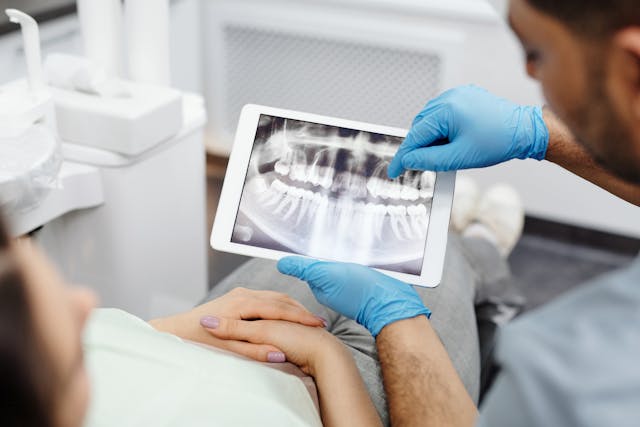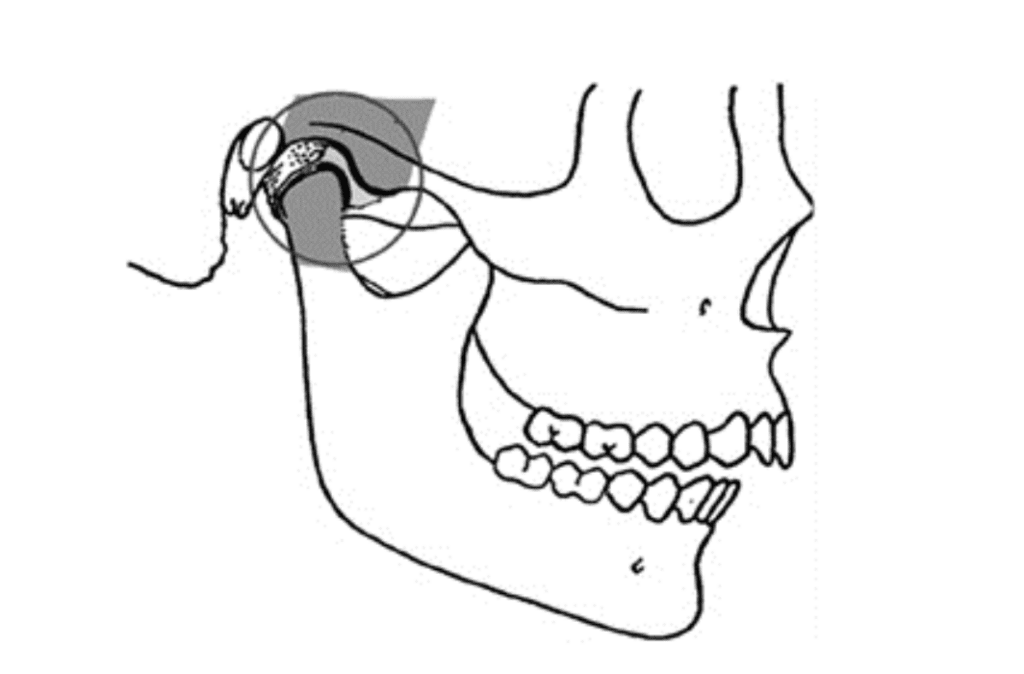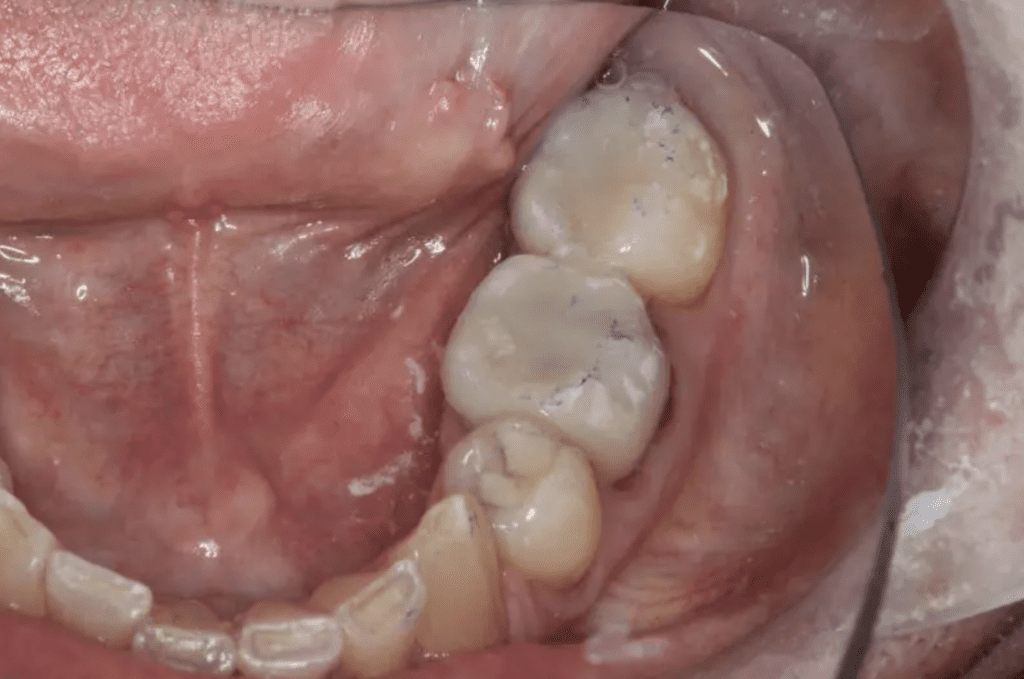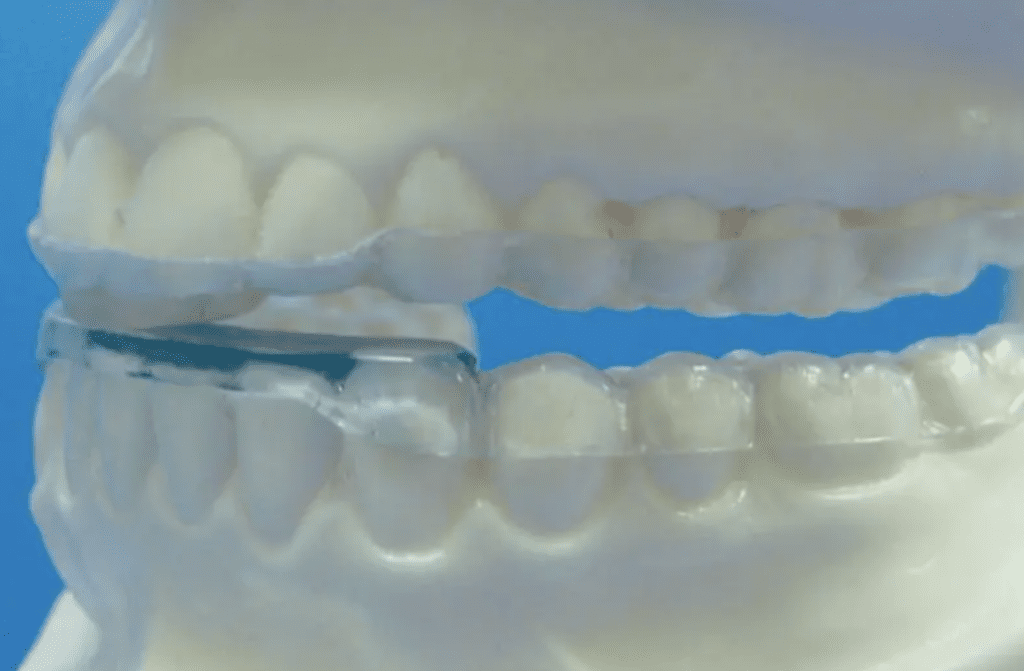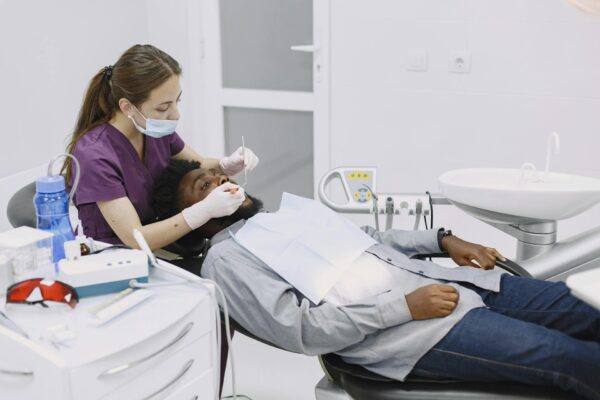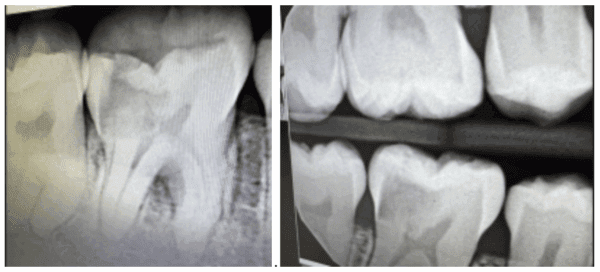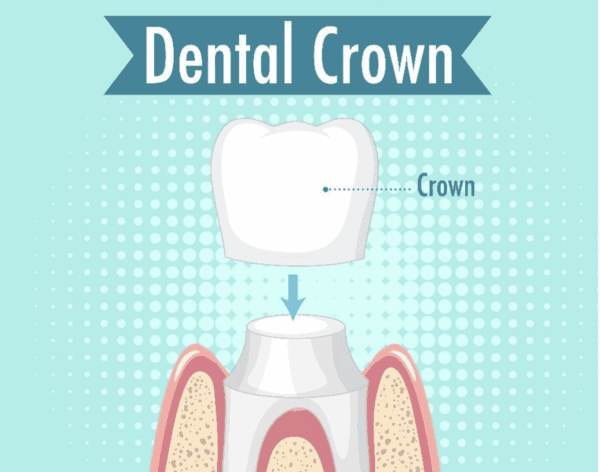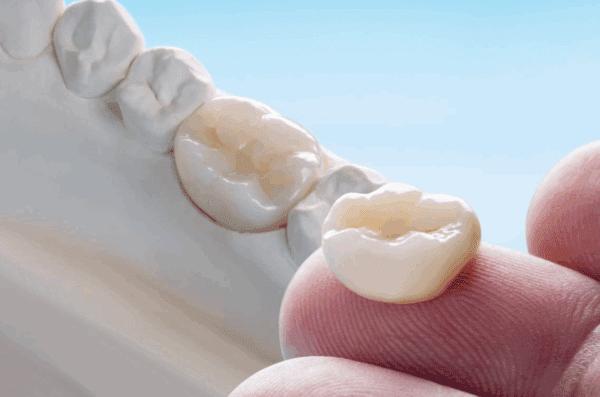![]()
Dr. Leonard Hess began teaching continuing education courses in 2005, and the topics include occlusion, smile design, treatment planning, preparation design, and practice integration of complete dentistry.
He’s taught full-day continuing education courses at the American Academy of Cosmetic Dentistry’s national meeting, The Greater New York Dental Meeting, AACD National Meeting, Pacific Dental Conference, Ontario Dental Association meeting, and The Yankee Dental Conference.
Dr. Hess also has taught courses in Japan, Germany, Poland, China, and Canada.
Dr. Hess is currently serving as the Senior Clinical Director at The Dawson Academy. He also owns Union County Center for Comprehensive Dentistry in Charlotte, North Carolina.
Complete Examinations in Dentistry
By: Dr. Leonard A. Hess, DDSClinical Director, The Dawson AcademyThe Article Originally Appeared on TheDawsonAcademy.com. Dr. Hess…
How To Track Key Dental Practice Performance Metrics
By: Dr. Leonard A. Hess, DDSClinical Director, The Dawson AcademyThe Article Originally Appeared on TheDawsonAcademy.com Measure What’s…
Top Phone Greeting Tips for Dental Practices
By: Dr. Leonard A. Hess, DDSClinical Director, The Dawson AcademyThe Article Originally Appeared on TheDawsonAcademy.com In today’s…
How to Master a Complete Dental Examination
By: Dr. Leonard A. Hess, DDS, Clinical Director, The Dawson AcademyThis article originally appeared on TheDawsonAcademy.com, Dr….
How Do You Know If You Achieved Centric Relation?
By: Dr. Leonard A. Hess, DDSClinical Director, The Dawson AcademyThis article originally appeared on TheDawsonAcademy.com, Dr. Hess…
TMJ 101: The Best TMD Treatment Options For Dentists
By: Dr. Leonard A. Hess, DDSClinical Director, The Dawson AcademyThis article originally appeared on TheDawsonAcademy.com, Dr. Hess…
What is Fremitus and Why Should You Check For It?
By: Dr. Leonard A. Hess, DDSClinical Director, The Dawson AcademyThis article originally appeared on TheDawsonAcademy.com, Dr. Hess allowed igniteDDS to…
Dentist Education: How Do I Predictably Prep Second Molars?
By: Dr. Leonard A. Hess, DDSClinical Director, The Dawson AcademyArticle originally appeared on TheDawsonAcademy.com, Dr. Hess allowed…
Sequencing a Full-Mouth Rehab: Anterior or Posteriors First?
The correct sequence to begin a full-mouth rehab is tobegin with the anterior teeth first, particularly the…
Q&A with Dr. Hess: Patients Who Have More Pain After Wearing a B-Splint
By: Dr. Leonard A. Hess, DDSClinical Director, The Dawson AcademyThe Article Originally Appeared on TheDawsonAcademy.com Question: What…
Dentistry and Spike Lee: “Do the Right Thing”
By: Mitchell Rubinstein D.M.D. I recently found myself channel surfing late at night, and I got sucked into a remote-drop favorite from the late ‘80s, Spike Lee’s Do the Right Thing. The movie is both comedic and tragic, as the title alludes to a bit of advice offered to the protagonist early in the film:…
Navigating Tooth Decay Conversations with Geriatric Patients
By: Lee Ann Brady, DMDThis topic originally appeared on PankeyGram.Org. Dr. Brady granted igniteDDS permission to share with our readers. Have you ever noticed a confused look on the face of a geriatric patient when you tell them they have tooth decay? Many people falsely assume that only small children develop cavities. When I let older…
What Many Dentists Do Not Know About Insurance Credentialing as a First Time Owner
By: Angela Holland I’d imagine starting a dental practice is a thrilling experience, whether you’re acquiring an existing practice, opening a startup, or starting as an associate at an established location. One of the most critical aspects of growing and sustaining your practice, especially in the early stages, is revenue management and if you’re accepting…
Clinical Based Case As A D4 Student
By: Michael Eid As you continue in your clinical journey, you quickly find yourself becoming proficient at the physical aspects of dentistry. What can be tricky is finding a proper treatment plan, individualized per patient based on their definition of success. Being able to find a solution to their chief complaint to cater towards finances,…
Supercharge Your Dental Practice with AI & Automation: Top Tools for Efficiency & Growth
By: Dawn Patrick, Dental Practice Coach + Director of Operations IgniteDDS In today’s evolving dental landscape, Artificial Intelligence (AI) and automation are no longer just buzzwords, they’re essential tools for building smarter, more profitable practices. Whether you’re a solo practitioner or managing multiple locations, these technologies help improve diagnostic accuracy, streamline daily operations, and create…
Removing Dental Cement Inside A Zirconia And Lithium Disilicate Crown
By: Lee Ann Brady, DMDThis Topic Originally Appeared on PankeyGram.Org. Dr. Brady granted permission for igniteDDS to share with our readers Sometimes a crown comes off and if it’s not damaged and the tooth structure is healthy still without any caries lesion, we can recement the same dental crown to the patient without needing to…
No Compensation Strategy? You’re Contributing to Turnover
By: Garrett Wilson Payroll might be your biggest expense, but turnover is what’s really bleeding your practice. Every time a team member walks out the door, it costs you time, money, and momentum. And if you don’t have a plan for compensation, you’re likely making the problem worse. Let’s be clear: people don’t leave just…
The Elevated Experience: How Modernizing for Patient Convenience Boosts Your Dental Practice
By: Dawn Patrick, Dental Practice Coach + Director of Operations IgniteDDS Today’s dental patients are more than health consumers, they’re informed, tech-savvy, and expect a service experience that matches what they get from top retailers and service providers. From how they book appointments to how they pay bills, patients want streamlined systems, clear communication, and…
Why Dental Teams Should Learn Together
By: Ronda Holman In the fast-paced world of dentistry, continuing education (CE) is essential, not just for dentists, but for the entire dental team. When a practice chooses to learn together, something special happens: skills are sharpened, communication improves, and the entire office culture levels up. But beyond the clinical gains, team learning sends a…
Making Informed Decisions When Choosing Zirconia Restorations
By: Christopher Mazzola, DDSThis topic originally appeared on PankeyGram.Org. Dr. Mazzola granted permission for igniteDDS to share with our readers. The purpose of looking at recent research data is to see how we can improve our clinical outcomes. Different scholarly journals inform us of ways to decrease risk and hopefully increase the longevity of the services…

